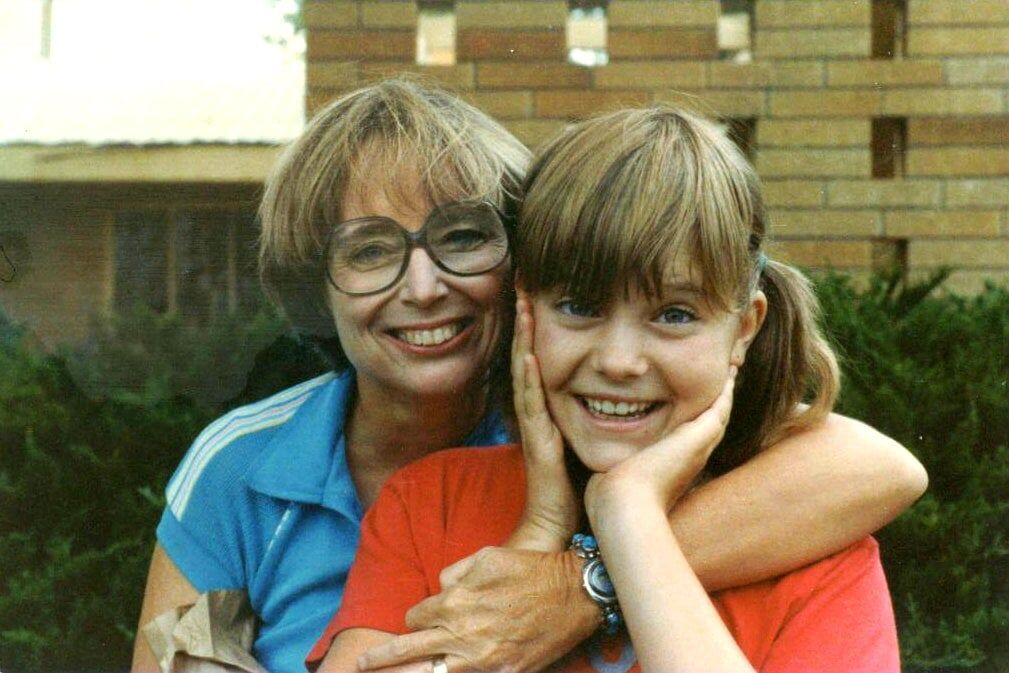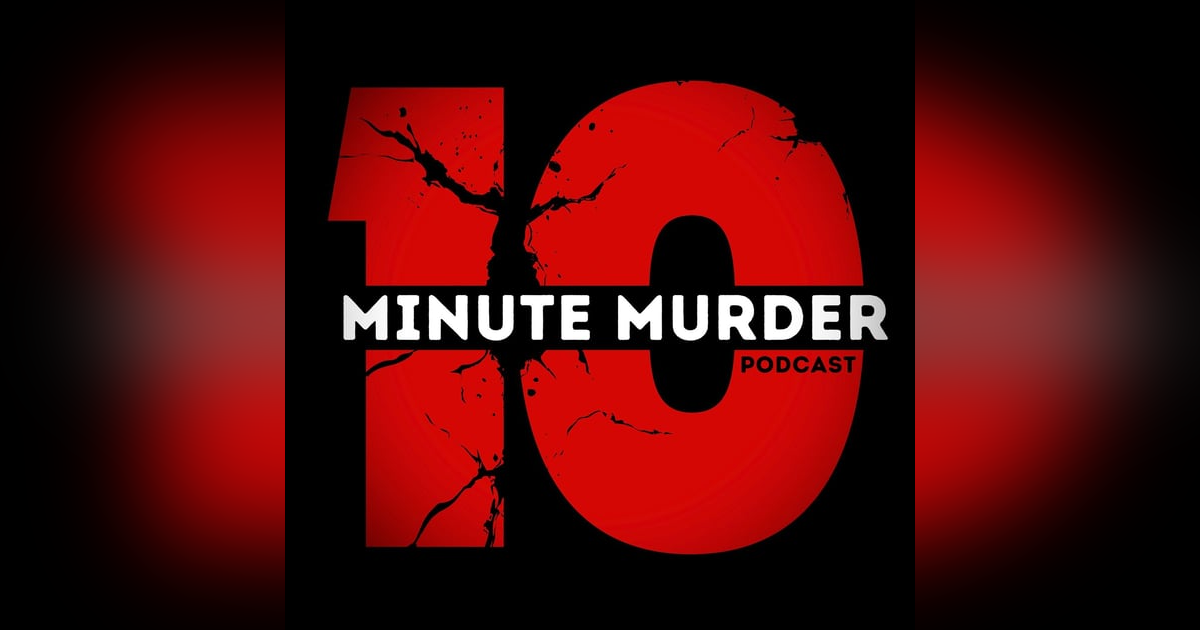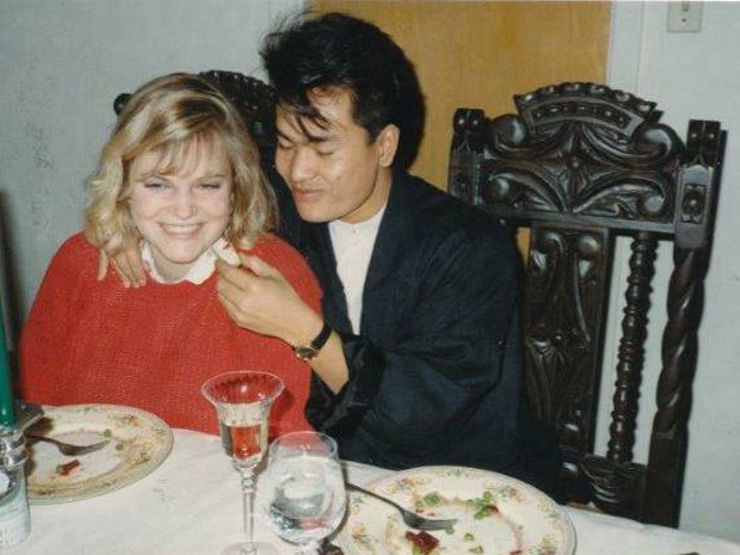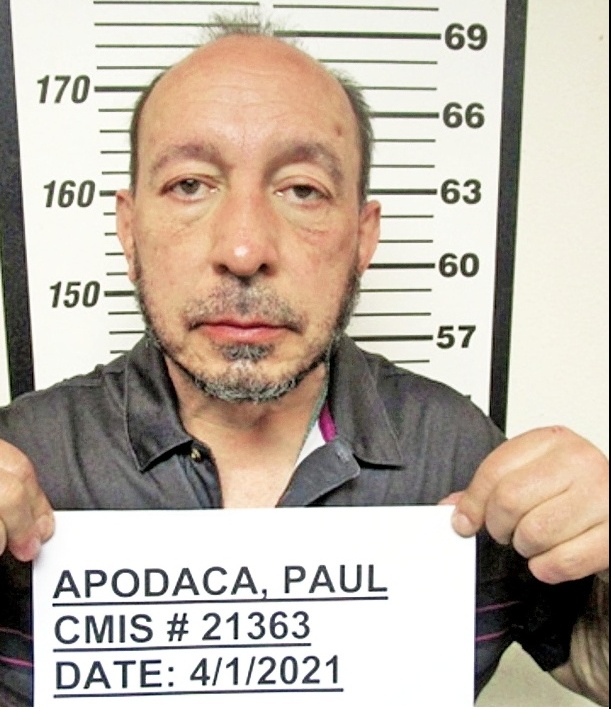The True Crime Author Whose Greatest Mystery Was Her Own Daughter's Death

When your daughter calls to say she's breaking up with her boyfriend and then never makes it home that night, every parent's worst nightmare becomes reality. But when you're bestselling author Lois Duncan and the police decide your daughter was randomly targeted, you don't accept that answer. You write a book about it. You hire private investigators. You become your daughter's voice when everyone else has moved on. This is the story of what happened to eighteen-year-old Kaitlyn Arquette in 1989, and why it took thirty-two years to get answers.
The Perfect Student with Big Dreams
In the summer of 1989, eighteen-year-old Kaitlyn Arquette had her whole life mapped out. She'd graduated from Highland High School in Albuquerque as an honor student with one clear goal: she was going to be a doctor. She'd already been accepted to the University of New Mexico and was taking summer courses while working as a supervisor at Pier 1 Imports.
Then came a car accident that initially looked like a setback but turned into an opportunity. The insurance payout was substantial enough that she could afford to move into her own apartment with her boyfriend, Dung Ngoc Nguyen.
Meeting the Boyfriend
Kaitlyn's parents had met Dung several times and found him to be polite, respectful, and refreshingly different from typical teenage boyfriends. Don Arquette and his wife, Lois Duncan (yes, the famous author of "I Know What You Did Last Summer"), appreciated that he wasn't a partier or drinker. Most importantly, their daughter seemed genuinely happy with him.
But happiness can be deceiving.
The Relationship Unravels
Six weeks after moving in together, everything changed. Kaitlyn called her mother with news that would have made any parent's heart sink. She and Dung had been having serious problems. The truth was, they'd never really gotten along well, and living together had only magnified their incompatibility.
But Kaitlyn had a plan. She'd already asked a friend to move in with her, and she was going to break up with Dung and ask him to leave. She needed some time to get her affairs in order and let things settle down first.
This is where the story takes on an ominous undertone. Kaitlyn specifically asked her mother to lie if Dung called looking for her. She didn't want him to know she'd be spending the evening at a friend's house, worried he might show up and ruin everything. She was determined not to spend another night alone in that apartment with him.
The Last Day
On July 16, 1989, Kaitlyn followed through with her plan. She made arrangements to sleep at her parents' house that night and headed to her friend's house for dinner. She arrived around 9:30 PM, and according to her friend, Kaitlyn was absolutely furious with Dung. She didn't elaborate on the specifics, but she made it clear that she was angry enough to end the relationship for good.
Kaitlyn left her friend's house at 10:45 PM, heading toward her parents' home. She stopped at a red light on Lomas Boulevard, and another car pulled up beside her. What happened next would destroy multiple families and launch a decades-long search for answers.
Someone in the other vehicle opened fire. The bullets were small caliber, and Kaitlyn was struck twice in the head. The injuries weren't immediately fatal, but they caused her to lose control of her car, which veered into oncoming traffic before crashing into a light pole.
The Phone Call Every Parent Dreads
Shortly after the shooting, Kaitlyn's parents received the phone call that would change their lives forever. They were urged to get to the hospital as quickly as possible. When they arrived, they discovered their daughter hadn't been in a traffic accident at all. She'd been shot, and the injuries had put her into a coma. The prognosis wasn't good.
Through their shock and anguish, the parents were able to tell investigators about Kaitlyn's living situation and her recent relationship troubles. Despite everything that had been happening between Kaitlyn and Dung, neither Don nor Lois believed he could have been involved in what happened to their daughter.
The Boyfriend's Reaction
Five hours after the shooting, police arrived at the apartment to find Dung alone. His reaction appeared genuine. He seemed shocked, confused, and devastated upon learning that Kaitlyn was in a coma. He told officers he'd spent the evening with friends and claimed he had no idea that Kaitlyn had been planning to break up with him or ask him to move out.
Police tested his hands for gunshot residue, which came back negative, and Dung was free to go to the hospital to be with Kaitlyn and her family.
They all sat together as Kaitlyn fought for her life, and they were all present when she passed away the next day. Dung's grief appeared overwhelming. Five days later, he attempted to take his own life by stabbing himself in the stomach. He told people he couldn't see any reason to live without Kaitlyn and believed everyone blamed him for her death.
Here's what made his statement strange: no one was actually blaming him. He had an alibi, his hands tested clean for gunshot residue, and there was no evidence pointing in his direction. Yet he seemed convinced that people suspected him.
The Official Investigation
Six months later, the Albuquerque Police Department announced their conclusion: Kaitlyn had been the victim of a random act of violence. Case closed, as far as they were concerned.
Lois Duncan wasn't buying it. Things weren't adding up, starting with the boyfriend's behavior.
A couple of months before Kaitlyn's death, she and Dung had taken a road trip to California. That's where Kaitlyn had gotten into the car accident that resulted in her insurance windfall. But Lois suspected there was more to that California trip than a simple vacation.
The Insurance Fraud Theory
Lois believed Dung had introduced Kaitlyn to his friends during that California trip, and she was convinced these friends were members of a Vietnamese criminal organization that specialized in insurance fraud. Here's how the scam allegedly worked:
A member of the organization would rent a car and intentionally cause an accident with another member's vehicle. The rental car driver would flee the scene, leaving the "victims" behind. Each victim would then claim soft tissue injuries to the neck and lower back, confirmed by a doctor who was also part of the organization. The rental car insurance would pay out settlements to everyone involved.
According to this theory, Kaitlyn and Dung received $1,500 for their participation in such a scheme during their California trip.
Why Would They Target Kaitlyn?
If this theory was accurate, it raised an obvious question: why would the organization turn on Kaitlyn? She'd been a willing participant and had been paid for her involvement.
The theory goes that when Kaitlyn threatened to break up with Dung, the other members of the organization saw her as a potential liability. She knew their names, their faces, and their methods. If she decided to expose them, they could all face serious legal consequences.
But were they concerned enough to commit murder? And if so, what role did Dung play in the decision?
Suspicious Phone Calls and Timing
One of Kaitlyn's friends later claimed that Dung had called her on the night of the shooting, hours before police supposedly broke the news to him. According to this friend, Dung screamed into the phone: "Kait's dead! They shot her!" The timing of this call would suggest Dung knew about the shooting before he should have.
Lois Duncan had her own suspicions about Dung's level of knowledge. After his suicide attempt, she visited him in the hospital and confronted him directly. She told him she believed he knew more about Kaitlyn's murder than he was revealing, and that if he truly loved her daughter, he would tell police everything.
Dung's response was telling. He went silent for several minutes, and when pressed, he said: "I know, I'm deciding." When questioned again later, however, he maintained that he knew nothing about Kaitlyn's death.
Evidence That Didn't Add Up
Lois continued investigating and uncovered more suspicious details. Phone records showed that on the night of Kaitlyn's death, while everyone including Dung was at the hospital, three phone calls were made from Kaitlyn's apartment. The landlord later confirmed that a group of Dung's friends had been in the apartment that evening.
The number they called belonged to a Vietnamese paralegal in Orange County who was believed to be involved in organizing car accident scams.
A Different Suspect Emerges
While Lois Duncan was building her case for Vietnamese gang involvement, the police investigation took a different direction. They began focusing on a group of young men, with twenty-one-year-old Juvenal Escobedo and eighteen-year-old Miguel Garcia as the primary suspects.
One member of their group claimed to have been in the car when Miguel opened fire on Kaitlyn's vehicle. This testimony led to the arrest of the entire group on first-degree murder charges.
The Case Falls Apart
The case against these young men quickly unraveled. Secret recordings from their holding cells showed them denying involvement when talking among themselves, but claiming Miguel was the shooter when speaking to police. Their stories became increasingly inconsistent, and witnesses clarified they'd seen them at the scene before Kaitlyn was shot, not during. All charges were eventually dropped.
The Cold Case Years
For over thirty years, Kaitlyn's case remained unsolved. Lois Duncan continued to believe in the Vietnamese gang theory, while police maintained their position that her daughter had been the victim of random violence. The case was featured on "Unsolved Mysteries" and became the subject of Lois Duncan's 1992 book "Who Killed My Daughter?" but answers remained elusive.
The Confession That Changed Everything
In July 2021, University of New Mexico police spoke with Paul Apodaca, 53, who told officers he'd committed murders and wanted to talk about them. This confession would finally provide answers that had been sought for over three decades.
Paul Apodaca confessed to three cold-case murders: UNM student Althea Oakley in 1988, 13-year-old Stella Gonzales that same year, and 18-year-old Kaitlyn Arquette in 1989. It turned out that Kaitlyn had indeed been the victim of random violence, but not by the gang members who had been charged and released. She had been killed by a serial killer who had terrorized Albuquerque in the late 1980s.
Justice Finally Served
In January 2024, Judge Cindy Leos sentenced Paul Apodaca to a minimum of 45 years in prison after he pleaded guilty to charges of rape and murder. The man who had taken Kaitlyn's life and shattered her family's world finally faced consequences for his actions.
The Resolution
The case that had consumed Lois Duncan for decades was finally solved, though not in the way she had expected. It wasn't random violence in the traditional sense, but Kaitlyn had fallen victim to a serial killer who terrorized Albuquerque in the late 1980s.
Tragically, Lois Duncan passed away in 2016, five years before Apodaca's confession provided the answers she had spent decades seeking. She never got to see justice served for her daughter, but her relentless pursuit of the truth kept Kaitlyn's case in the public eye.
The Kaitlyn Arquette case reminds us of both the limitations of initial investigations and the power of a mother's determination to find answers, even when those answers come too late for closure.







